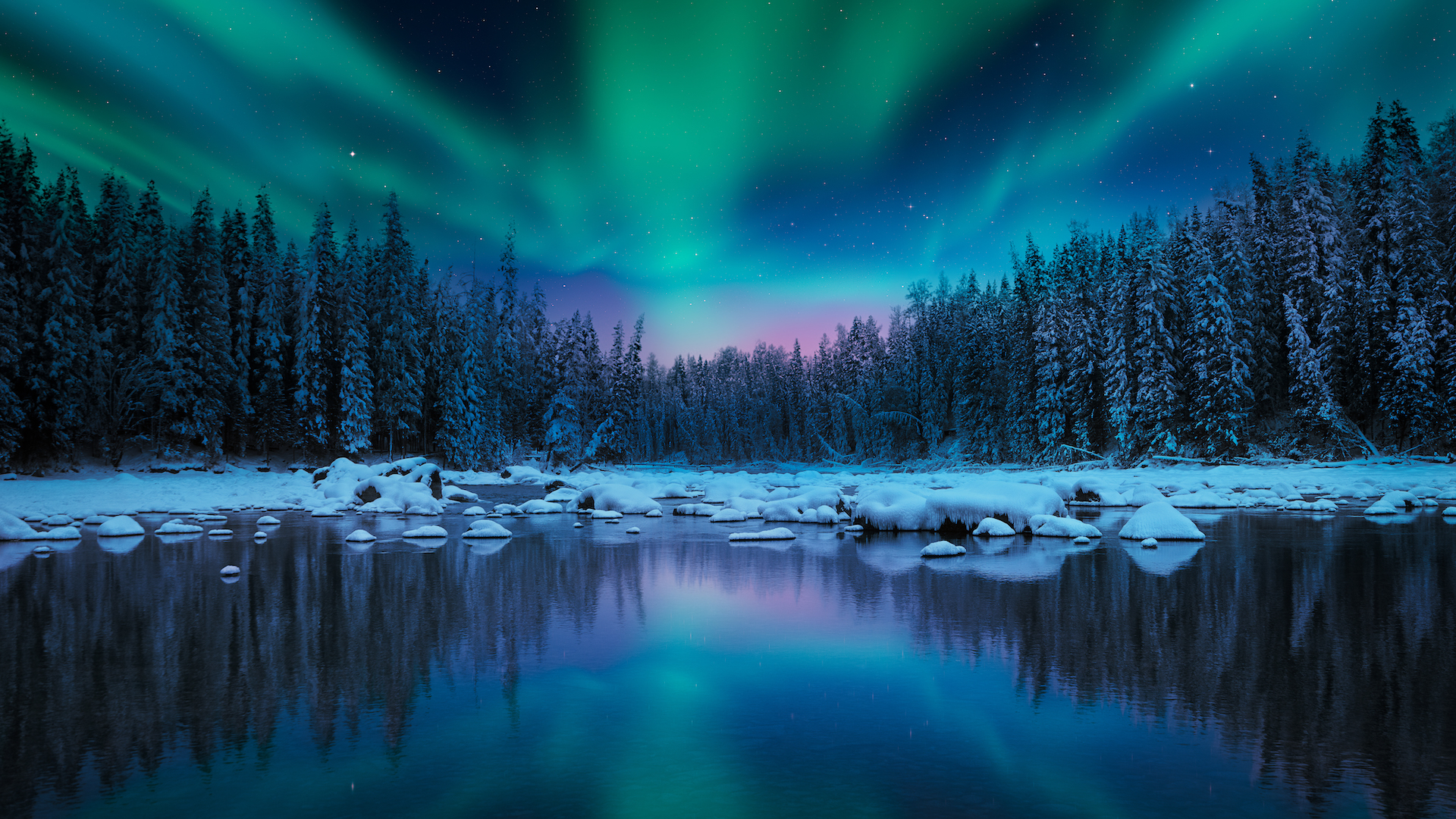
This Christmas Day, the skies may add to the festive cheer with a display of auroras, thanks to a blob of charged particles enroute to deliver a "glancing blow" to our planet following a powerful M8.9 solar flare.
High-latitude areas in the U.S., including northern Montana, Minnesota and North Dakota, may witness auroral displays late on Wednesday (Dec. 25), according to geomagnetic storm watch issued by the Space Weather Prediction Center, part of the National Oceanic and Atmospheric Administration (NOAA).
The Earth-bound M8.9 solar flare, which the sun spewed yesterday (Dec. 23) from a large sunspot region named AR3932, also unleashed a wide pocket of highly energetic particles and magnetism known as a coronal mass ejection (CME). This CME is only partially directed at Earth, so NOAA forecasts minor G1 storm conditions that are unlikely to cause significant disruptions to power grids or other critical infrastructure.
They are nevertheless sufficient to spark auroras in multiple northern U.S. states. When storms like this reach Earth, most charged particles are deflected by our planet's magnetic field, but a small portion migrates to the poles and enters the atmosphere. There, these particles collide with gases and create stunning displays like the auroras this summer that wowed observers around the world.
Active sun
Shortly after erupting from the sun, the latest M8.9 flare caused a temporary disturbance in radio signals over Africa and the South Atlantic Ocean that lasted about 15 minutes, NOAA said. Three more M-class flares blasted into space today (Dec. 24) by the same sunspot region led to similarly minor radio blackouts over Fiji and Madagascar.
The flare comes during a period of increased turbulence on the sun, which recently reached the peak of an 11-year natural cycle of activity. Scientists have observed more than a dozen sunspot regions puncturing the sun’s surface right now, a harbinger of increased solar activity heading into the New Year.
The latest storm also coincided with NASA's Parker Solar Probe's record-setting closest-ever approach to the sun. Scientists hope a solar flare serendipitously strikes the spacecraft during its close approach, which would give solar scientists close-up data that could help explain how sun's charged particles are accelerated to near-light speeds. But NASA won’t know how the spacecraft fared during the storm until after it comes back online in the new year.







